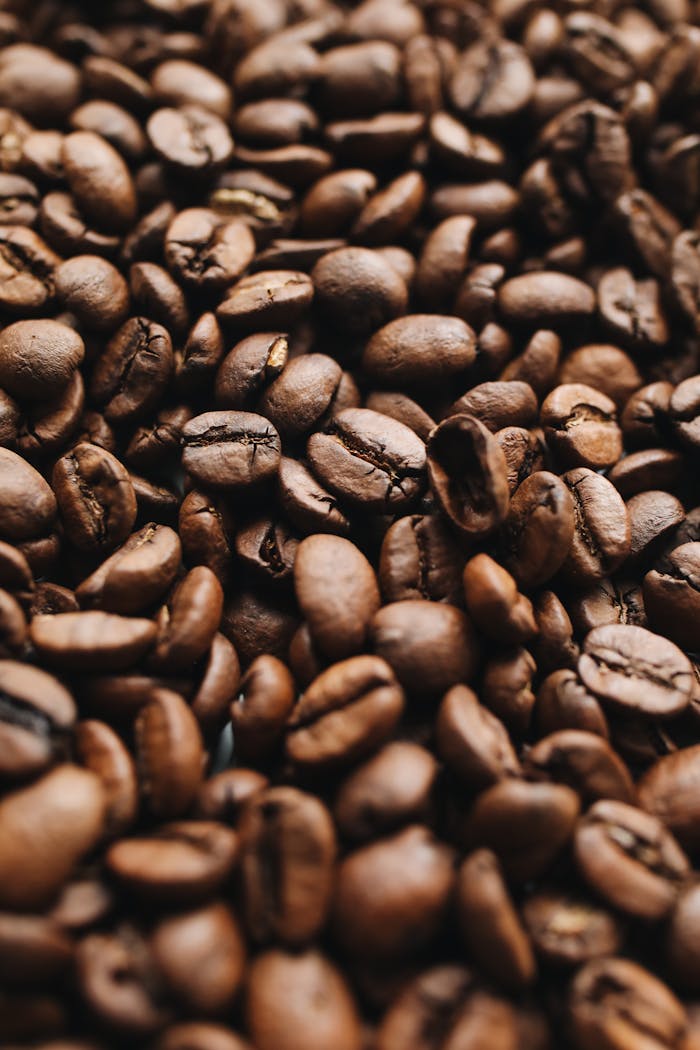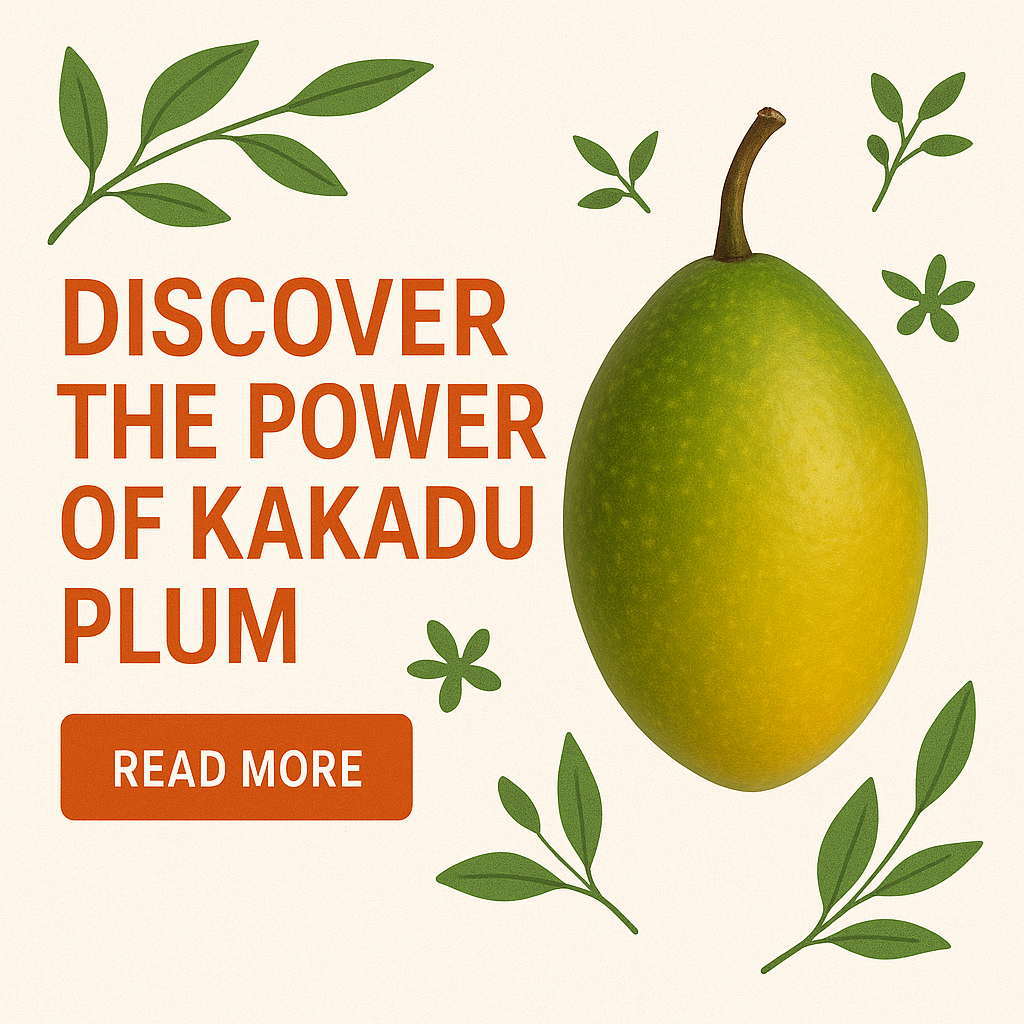Australia’s tea scene is steeped in tradition, innovation, and a growing love for locally grown leaves
While most of the world associates tea with Asia, Australia is quietly cultivating a reputation for premium, climate-resilient teas — both from introduced Camellia sinensis (the plant behind black, green, oolong and white teas) and natural native botanicals that have been steeped in Indigenous cultures for millennia.
So, what counts as Australian grown tea, and how do you tell the difference between native bush teas and introduced cultivars?
Let’s break it down.
Introduced Tea: The Classic Camellia sinensis, Grown Locally
Australia is home to a number of commercial tea plantations, growing Camellia sinensis — the same species used worldwide for black, green, white and oolong teas.
- Key Regions:
- Far North Queensland (e.g. Daintree, Atherton Tablelands)
- Northern New South Wales
- Tasmania
- Leading Growers:
- Nerada Tea – Australia’s largest tea grower, based in the Atherton Tablelands, QLD.
- Daintree Tea – Family-owned plantation in the heart of the Daintree Rainforest.
- Chamellia – Premium Victorian-grown organic teas.
- Kindred Organics – A Tasmanian grower focusing on certified organic blends.
- Characteristics:
- Grown using imported Camellia sinensis plants
- Harvested using sustainable methods in Australia’s unique microclimates
- Offers the classic tea experience — black, green, and oolong varieties
While the plant is introduced, these teas are still 100% Australian grown — and often fresher than imported blends.
Native Australian Teas: Bush Botanicals with a Story
Before the first colonial tea leaf was planted, Aboriginal and Torres Strait Islander communities were brewing teas from native plants for health, ceremony, and connection to Country. These plants aren’t “tea” in the Camellia sinensis sense — but they’re packed with flavour, tradition, and medicinal value.
| Plant Name | Used For | Tasting Notes |
|---|---|---|
| Lemon Myrtle (Backhousia citriodora) | Antimicrobial, uplifting | Zesty lemon, smooth eucalyptus |
| Aniseed Myrtle (Syzygium anisatum) | Digestive aid | Sweet, liquorice |
| Peppermint Gum (Eucalyptus dives) | Respiratory health | Cool mint, mild eucalyptus |
| Wattleseed (Acacia spp.) | Nutrient-rich, roasted | Coffee-like, nutty |
| Strawberry Gum (Eucalyptus olida) | Flavour enhancer | Sweet, fruity, berry-mint |
| Gumby Gumby (Pittosporum angustifolium) | Immune support | Earthy, mild |
✅ 100% native to Australia
✅ Sustainably wild-harvested or grown by Indigenous-led enterprises
✅ Caffeine-free
✅ Traditionally used for healing and ceremony
So, What’s the Difference?
| Feature | Introduced (Camellia sinensis) | Native Bush Teas |
|---|---|---|
| Origin | China, India, Sri Lanka | Australia |
| Grown in Australia? | ✅ Yes | ✅ Yes |
| Native to Australia? | ❌ No | ✅ Yes |
| Caffeine content | ✅ Contains caffeine | ❌ Caffeine-free |
| Cultural roots | Colonial import | First Nations tradition |
| Tea types | Black, green, white | Herbal, functional |
Why Choose Australian Grown?
Do i have to say it?
Whether you’re sipping a bold black from the Daintree or a soothing Lemon Myrtle blend from an Indigenous grower, buying Australian-grown means fresher flavour, lower food miles, and real impact.
🌱 Support local growers
🌏 Reduce environmental impact
🖤💛❤️ Respect and celebrate Indigenous culture and knowledge
- Where to Buy:
- Daintree Tea Co – www.daintreetea.com
- Roogenic – www.roogenic.com.au
- IndigiGrow – www.indigigrow.com.au
- Nerada Tea – www.neradatea.com.au
- Bush Medijina – www.bushmedijina.com.au
Final Sip
Australia’s tea story is more than just imported leaves and English-style blends — it’s a living tradition, a local industry, and a cultural revival. By learning the difference between introduced teas and native botanicals, we can make more mindful choices that nourish both body and Country.
☕ Next time you’re brewing a cuppa, ask:
Is your tea rooted in Australia?


